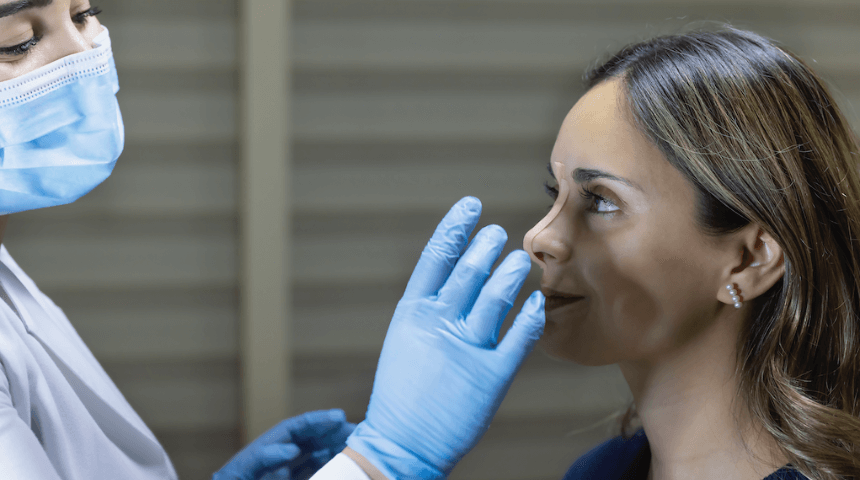You may have heard of a collapsed lung, but what exactly does that mean, and how do you treat it?
A collapsed lung, or pneumothorax, happens when air escapes from your lung and fills the space between the lung and chest wall. The lung is then not able to expand normally when you take a breath. The condition is rare but could be life-threatening, so you should seek immediate care.
Symptoms of a collapsed lung include:
- Dull, steady ache in the chest
- Pain upon inhaling
- Shortness of breath
- Chest tightness
- The sensation that you can’t draw breath
- Face turning blue due to lack of oxygen
- Very fast heartbeat
What Causes a Collapsed Lung?
Impact with Blunt Object. This is the leading cause of a collapsed lung. It can happen when playing sports where you might collide with a ball or person. A car crash can also involve an impact to the chest wherein this injury could occur.
Puncture. Any penetrating wound to the chest can puncture the lung. This could be something violent, like a knife or stab wound. It could also be the result of vigorous play, such as a pencil stabbing. An aerosol can exploding could also cause a collapsed lung.
Disease. Diseases such as emphysema and COPD can lead to a collapsed lung. Certain infections, such as pneumonia, can be the culprit, too.
Spontaneous pneumothorax. Very tall and typically very thin male young adults are especially prone. For these people, the pneumothorax can just occur; you don’t need to be hit in the chest or have other trauma for it to happen.
Hospital procedures. In the hospital, some medical procedures, such as the insertion of a chemotherapy port to your chest, can also sometimes damage your lung.
What To Do Immediately After Injury
The most pressing concern is to make sure oxygen is flowing. Emergency services should be called immediately, and you will be administered oxygen as you are transported to a hospital.
When oxygen escapes from the lungs, they can’t function fully and properly. Supplying oxygen keeps the lungs working and helps replace some of the missing air. Psychologically, the sooner your breathing returns to a more normalized state, the sooner your body receives the signal to relax. Supplied oxygen can help the pneumothorax get smaller too.
How a Collapsed Lung Is Treated
Treatment is determined by how much of the lung is collapsed. If just a small portion is affected, your doctor may admit you to the hospital for observation. If you have a tiny wound, it can easily seal over.
If the affected area is larger, your doctor will evacuate the air that has escaped from the lung and is gathering in the chest cavity. Each time air gets pushed out from the lung, it is then trapped and pushing against the lung. Picture your lung as a balloon, and in this case, it’s pushed against a wall. This misplaced air can also exert pressure on the heart, which is another reason to address the problem quickly.
Your doctor will explore all nonsurgical options. One of the first steps is to place a small chest tube with a suction device to evacuate the air from outside the lung.
A second course of treatment might be a patch through which your own blood can be inserted to seal the injury. Alternatively, another substance may be inserted through the chest tube to intentionally irritate the lung lining, causing it to stick together and seal up.
If the affected lung area doesn’t seal with these measures, your doctor can perform a video-assisted surgery to find where the air is escaping and repair it.
Your doctor will make the most conservative treatment choice possible, escalating only when necessary.
What To Do After Treatment
After the wound has been treated, it’s important that, for the next two to four weeks, you avoid:
- Flying on airplanes
- Scuba diving
- Playing a wind instrument
- Playing contact sports or participating in anything where a chest hit might occur
Once the injury has fully healed, you’re safe to resume these activities and your normal lifestyle.
Orlando Health Orlando Regional Medical Center is first in Central Florida to offer Zephyr Endobronchial Valve
The lung valve is the first FDA-approved device to help patients with emphysema breathe easier without major surgery.











